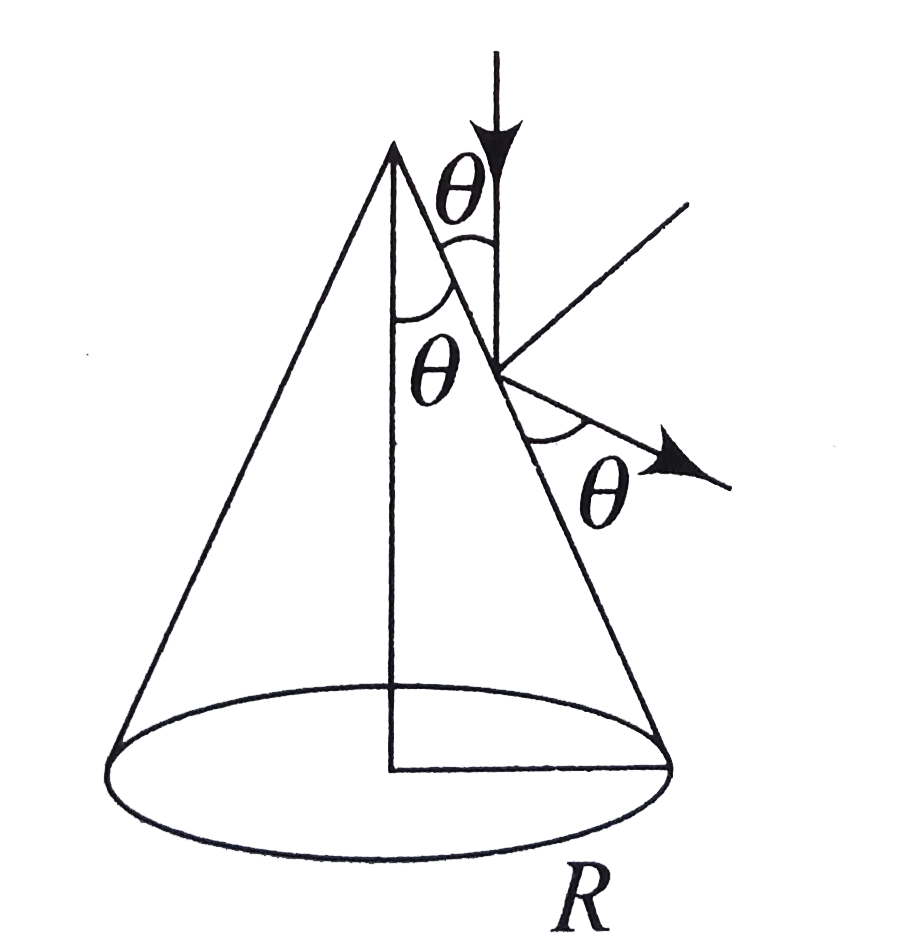A
B
C
D
Text Solution
Verified by Experts
The correct Answer is:
|
Topper's Solved these Questions
PHOTOELECTRIC EFFECT
CENGAGE PHYSICS|Exercise Integer|9 VideosView PlaylistPHOTOELECTRIC EFFECT
CENGAGE PHYSICS|Exercise Single Correct Answer Type|7 VideosView PlaylistPHOTOELECTRIC EFFECT
CENGAGE PHYSICS|Exercise Multiple Correct|10 VideosView PlaylistNUCLEI
CENGAGE PHYSICS|Exercise QUESTION BANK|59 VideosView PlaylistRAY OPTICS
CENGAGE PHYSICS|Exercise DPP 1.6|12 VideosView Playlist
Similar Questions
Explore conceptually related problems
Knowledge Check
A
B
C
D
Submit
A
B
C
D
Submit
A
B
C
D
Submit
Similar Questions
Explore conceptually related problems
CENGAGE PHYSICS-PHOTOELECTRIC EFFECT-Linked Comprehension
- The incident intensity on a horizontal surface at sea level from the s...
Text Solution
|
Play - The incident intensity on a horizontal surface at sea level from the s...
02:22
|
Play - Light of intensity I falls along the axis on a perfectly refleccting r...
03:22
|
Playing Now - Light of intensity I falls along the axis on a perfectly refleccting r...
03:22
|
Play - An experimental setup of verification of photoelectric effect is shown...
03:49
|
Play - An experimental setup of verification of photoelectric effect is shown...
Text Solution
|
Play - An experimental setup of verification of photoelectric effect is shown...
Text Solution
|
Play - An experimental setup of verification of photoelectric effect is shown...
Text Solution
|
Play - An experimental setup of verification of photoelectric effect is shown...
Text Solution
|
Play - Light having photon energy hupsilon is incident on a metallic plate ha...
04:33
|
Play - Light having photon energy hupsilon is incident on a metallic plate ha...
04:03
|
Play - Light having photon energy hupsilon is incident on a metallic plate ha...
03:06
|
Play - When light of sufficiently high frequency is incident on a metallic su...
02:38
|
Play - When light of sufficiently high frequency is incident on a metallic su...
02:55
|
Play - When light of sufficiently high frequency is incident on a metallic su...
01:27
|
Play - The energy reveived from the sun by the earth and surrounding atmosphe...
02:37
|
Play - The energy reveived from the sun by the earth and surrounding atmosphe...
01:41
|
Play - The energy reveived from the sun by the earth and surrounding atmosphe...
02:45
|
Play - When a high frequency electromagnetic radiation is incident on a metal...
02:50
|
Play - When a high frequency electromagnetic radiation is incident on a metal...
03:19
|
Play
